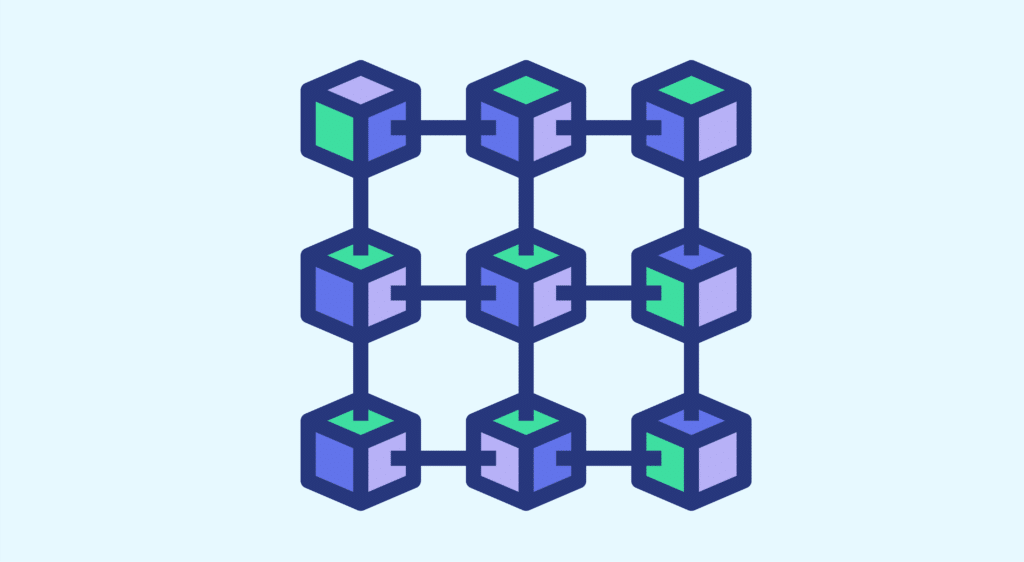Azure Databricks was born from the fusion of Apache Spark and Databricks software, all hosted on the Microsoft cloud. It enables the management of data on a massive scale in the cloud, opening up a multitude of possibilities for predictive analysis, artificial intelligence, and real-time applications.
What is Azure Databricks ?
Azure Databricks is an advanced data analytics platform, optimized for Microsoft’s cloud service. It was born from a collaboration between Microsoft, Apache, and Databricks.
Leveraging the power of Apache Spark, it can execute robust analytical algorithms on massive real-time data sets. Databricks, originally developed by the founding team of Spark, paved the way for cloud-based algorithm execution. The integration with Azure Services further enhances the Databricks solution, providing rapid data access and direct platform management through Azure.
In terms of application architecture, Microsoft Azure Databricks offers two environments for developing applications that can harness large data sets: Azure SQL Analytics and Azure Workspace. Azure Databricks automatically scales Apache Spark environments as needed, and these clusters can be automatically shut down, simplifying deployment and speeding up environment setup.
With the serverless option, you can bypass infrastructure complexities and directly access the service, making it user-friendly for independent teams in need of variable resources and ad hoc deployments.
It includes collaborative projects and interactive workspaces called Notebooks, which are used for prototyping and developing transformation and analysis processes, then transitioning them to production using a scheduler.
The Databricks cluster operates in two modes: Standard and High Concurrency. The High Concurrency cluster supports programming languages like Python, R, and SQL, while the Standard cluster supports Scala, Java, Python, R, and SQL.
A revolution for data professions
Azure Databricks offers a multitude of advantages for data-related professions, particularly data engineers and data scientists. It was specifically designed for performance and cost-efficiency in the cloud. The Databricks runtime environment introduces key features to the Apache Spark system that can significantly enhance performance while reducing costs by a factor of 10 when used with Azure.
One of the primary benefits of Azure Databricks is its seamless integration of Microsoft’s public cloud efficiency with the power of the Apache Spark Big Data processing platform. Azure Databricks leverages the latest version of Apache Spark, which enables data processing that is 100 times faster than its primary competitor.
Additionally, the platform includes auto-scaling and auto-termination features, preventing businesses from consuming more resources than needed.
Azure Databricks also fosters seamless collaboration among data engineers and data scientists. It enables multi-editable dashboards, which can be modified and shared, facilitating real-time collaboration on data.
These dashboards allow users to adjust existing work with different parameters. Furthermore, Databricks seamlessly integrates with Power BI for interactive visualization.
Lastly, Azure Databricks is user-friendly and accessible. It includes notebooks that allow you to connect to traditional data sources and quickly grasp the fundamentals of the Apache Spark system.
It also provides classic analytics tools like Python and R for use with Spark to derive insights efficiently.
The Microsoft Azure suite
Microsoft Azure Database offers businesses a comprehensive data lifecycle management solution, from data ingestion to utilization. It encompasses various stages and services within the Microsoft Azure ecosystem:
- Azure Data Factory: This solution provides seamless integration for all of an organization’s data. It’s a serverless solution that facilitates data retrieval, preparation, and transformation. Azure Data Factory requires no maintenance and is particularly effective when dealing with data from diverse sources
- Azure Databricks: As previously discussed, Azure Databricks is a powerful data analytics platform that combines the capabilities of Apache Spark with Microsoft’s cloud for advanced data processing and analytics.
- Azure Synapse Analytics: This service offers quick and easy access to the data you need. It empowers data teams to formulate limitless queries and conditions for data analysis.
- Power BI: Power BI is an application that allows companies to easily visualize and represent data on various dashboards, making data insights accessible and actionable.
Within the Azure Databricks suite, Azure Data Lake Storage plays a crucial role in securely storing an organization’s data. It serves as a robust data repository that offers nearly limitless and everlasting data storage capabilities for businesses. This ensures data is not only accessible but also securely retained for future use.










